Master plan for synchronized and modern national environmental monitoring
Deputy Prime Minister Tran Hong Ha has just signed Decision No. 224/QD-TTg dated March 7, 2024 approving the national environmental monitoring master plan for the 2021-2030 period, with a vision to 2050.
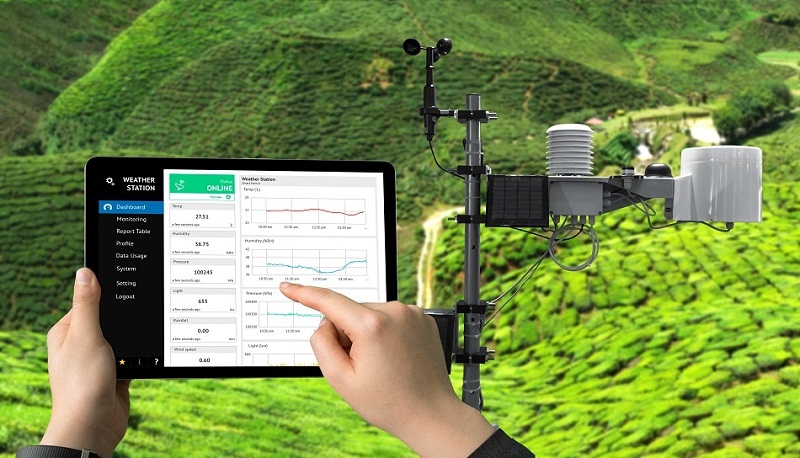 |
| The national environmental monitoring network is planned as an open system, regularly adjusted and supplemented. |
The goal is to build a synchronous, advanced and modern national environmental monitoring system, monitoring key areas of inter-regional, inter-provincial, cross-border nature, areas with many concentrated sources of waste and conducting biodiversity monitoring in nature reserves, biodiversity corridors, and areas of high biodiversity; strengthening connectivity with provincial environmental monitoring systems; ensuring monitoring of environmental quality changes; meeting requirements for providing, announcing and publicizing environmental monitoring information and data and improving capacity for environmental warning and forecasting.
Specific goals for the 2021 - 2030 period, for the air quality monitoring network:
+ Maintain 19 automatic, continuous air quality monitoring stations that have been in operation; complete investment and installation of 18 automatic, continuous air quality monitoring stations that are being deployed at monitoring locations inherited from previous planning;
+ Continue to invest and add new ones to complete 31 automatic continuous air environment monitoring stations nationwide, including 06 automatic, continuous monitoring stations for background air quality in 06 socio -economic regions;
+ Establish and complete a network of periodic air quality monitoring points nationwide, focusing on important socio-economic development areas and areas with many emission sources, ensuring the assessment of impacts on the air environment in industrial and densely populated areas;
+ Initial establishment of automatic mercury monitoring network in the air.
For surface water quality monitoring network:
+ Establish and complete the automatic and continuous monitoring network for the environmental quality of inter-provincial rivers and lakes at upstream locations, across borders and at border locations between provinces;
+ Building periodic surface water quality monitoring networks in the main streams of inter-provincial rivers and lakes plays an important role in socio-economic development and environmental protection.
For monitoring of estuary and sea water quality:
+ Maintain and expand monitoring at river mouths and coastal areas according to previous planning;
+ Establish a seawater quality monitoring network in sea areas under Vietnam's sovereignty , sovereign rights and jurisdiction in accordance with Vietnamese law.
For soil quality monitoring: develop open monitoring programs that are consistent with the goal of protecting the soil environment according to the provisions of the Law on Environmental Protection.
For groundwater monitoring network: conduct monitoring in densely populated areas, areas that play an important role in socio-economic development and environmental protection.
For acid rain monitoring network: establish a monitoring network based on inheritance, using facilities from existing monitoring stations and stations under investment.
For the biodiversity monitoring network: prioritize monitoring implementation in internationally recognized nature reserves, aiming to synchronously implement in nature reserves nationwide according to the roadmap and biodiversity monitoring directives.
By 2050, increase investment and expand automatic and continuous air and water quality monitoring stations, apply new monitoring technologies towards gradually replacing periodic air and surface water quality monitoring points with automatic and continuous air and water quality monitoring stations.
Organizations for biodiversity monitoring in biodiversity corridors and areas of high biodiversity have been established; research and apply modern technologies, information processing models using artificial intelligence, and comprehensively deploy digital transformation models in the management and analysis of environmental monitoring data to serve environmental quality forecasting activities.
At the same time, strengthen socialization in planning implementation, develop priority mechanisms, encourage organizations and individuals to invest in automatic and continuous environmental quality monitoring stations and participate in periodic environmental monitoring programs to take advantage of resources and facilities of non-state units.
Source




![[Photo] General Secretary To Lam attends the 80th anniversary of Vietnam's diplomacy](https://vstatic.vietnam.vn/vietnam/resource/IMAGE/2025/8/25/3dc715efdbf74937b6fe8072bac5cb30)




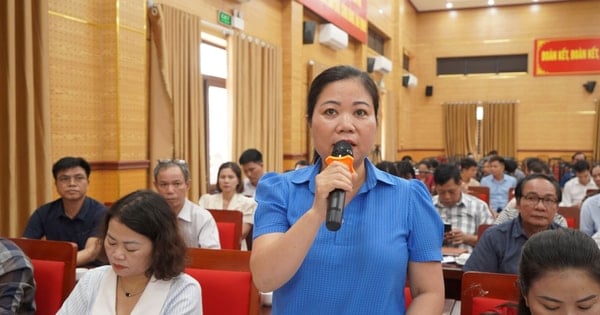

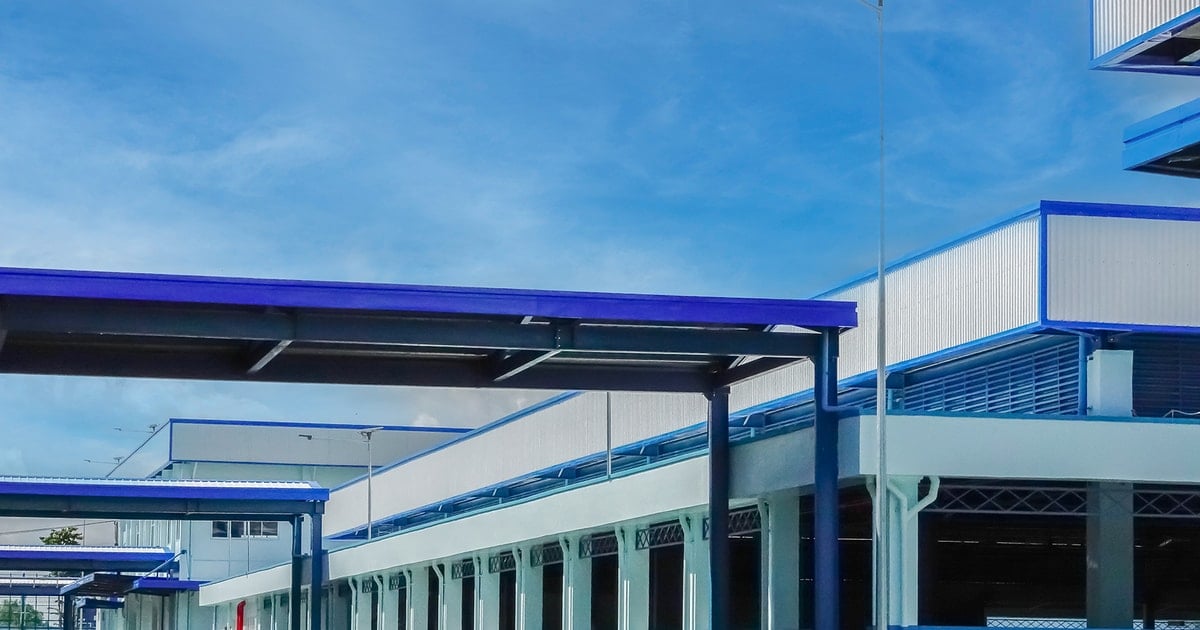

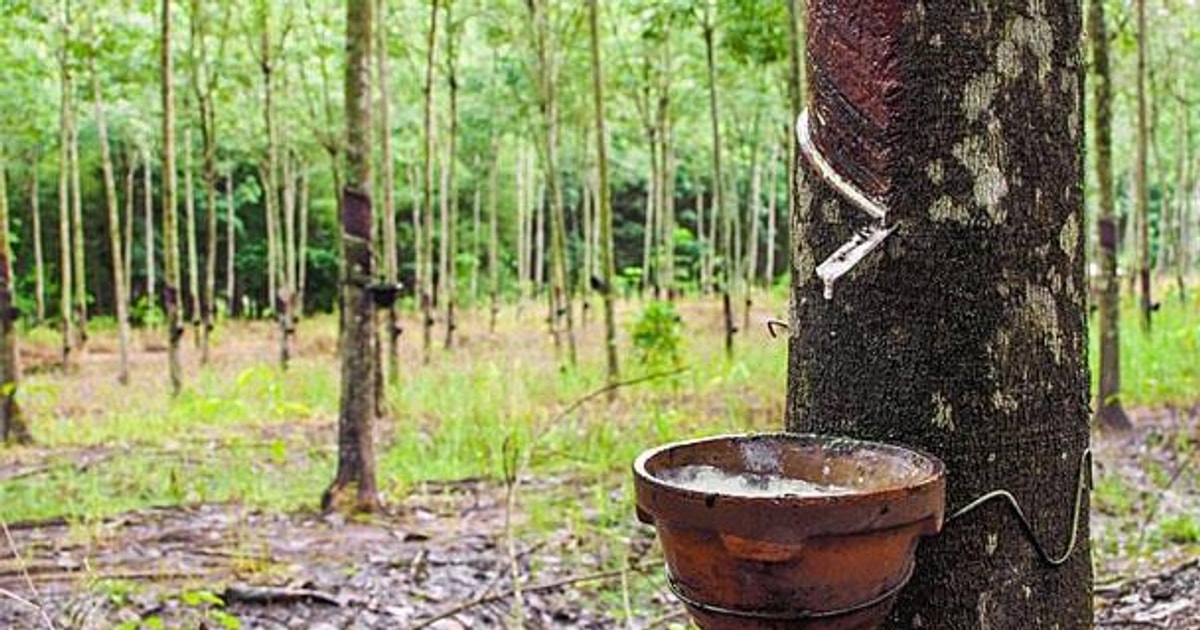


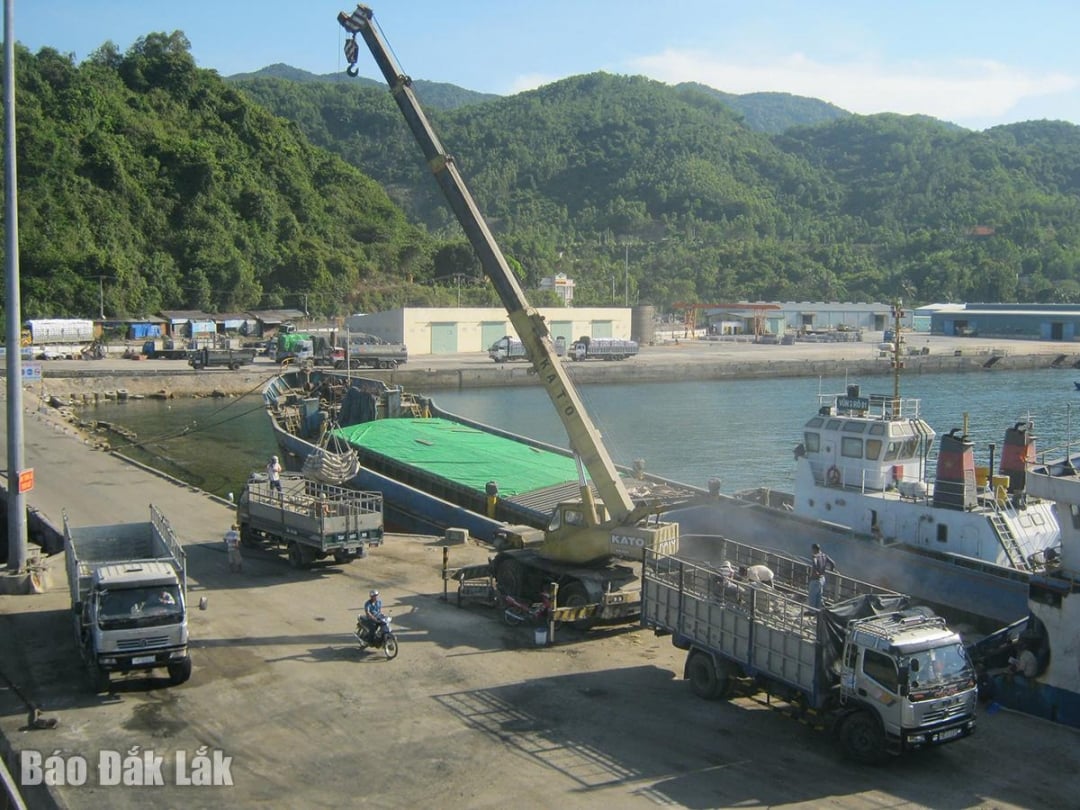


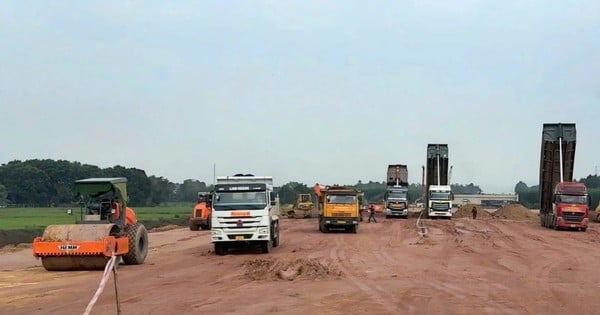




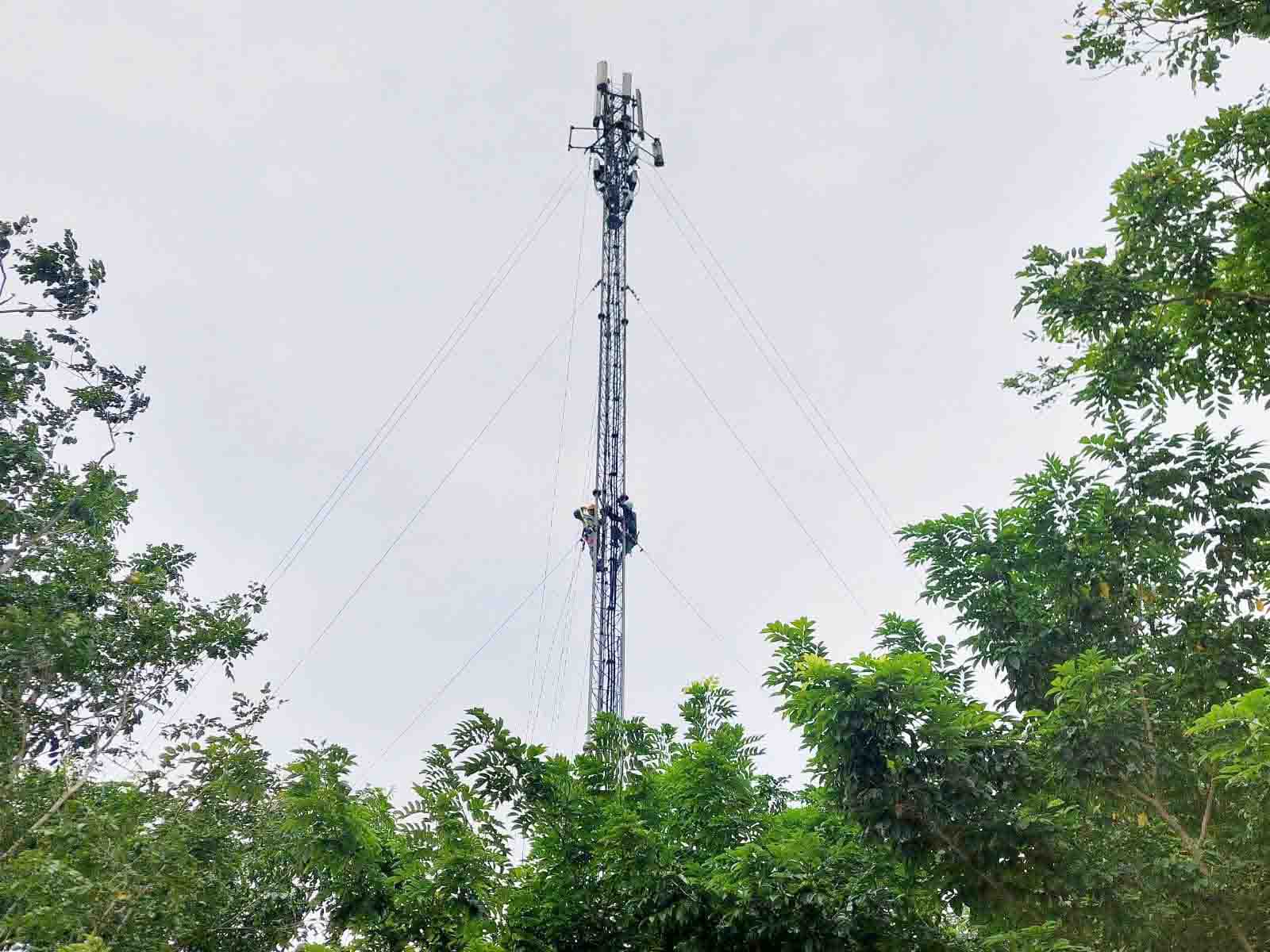












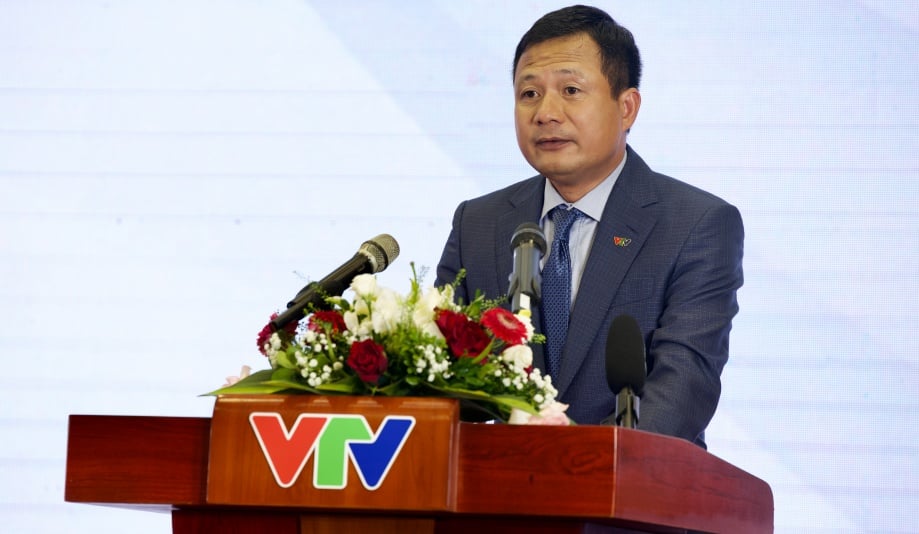


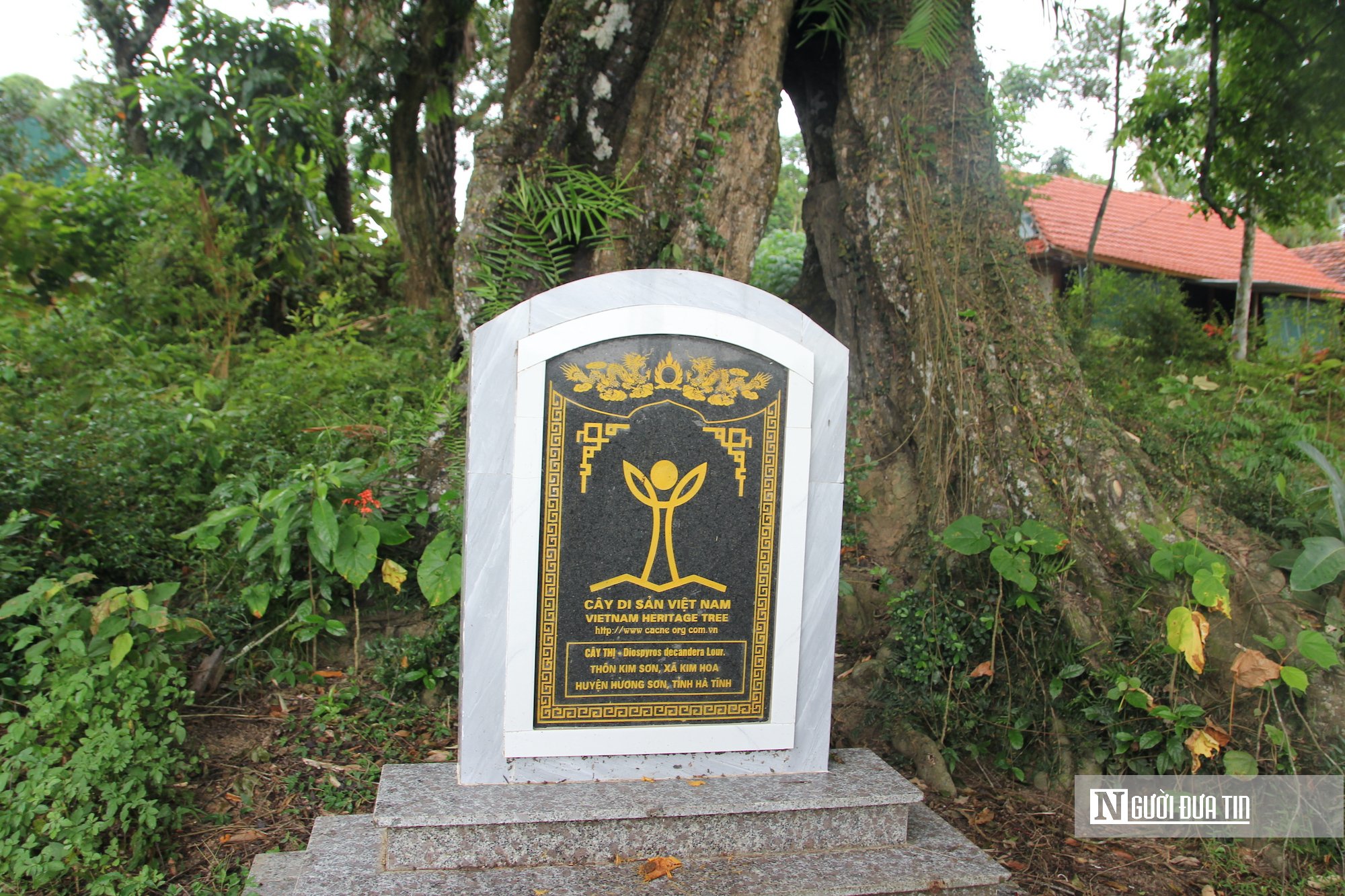



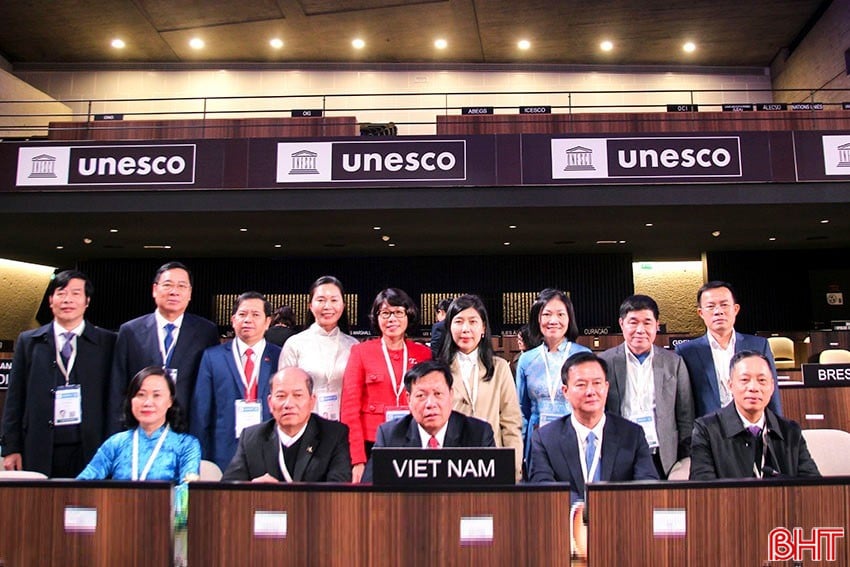

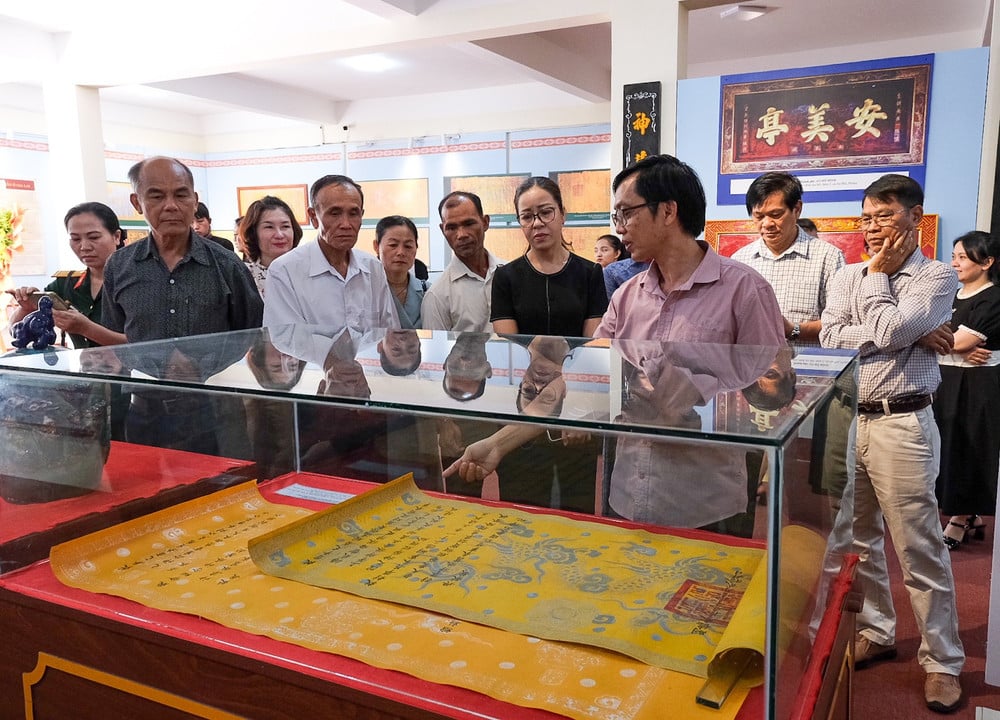













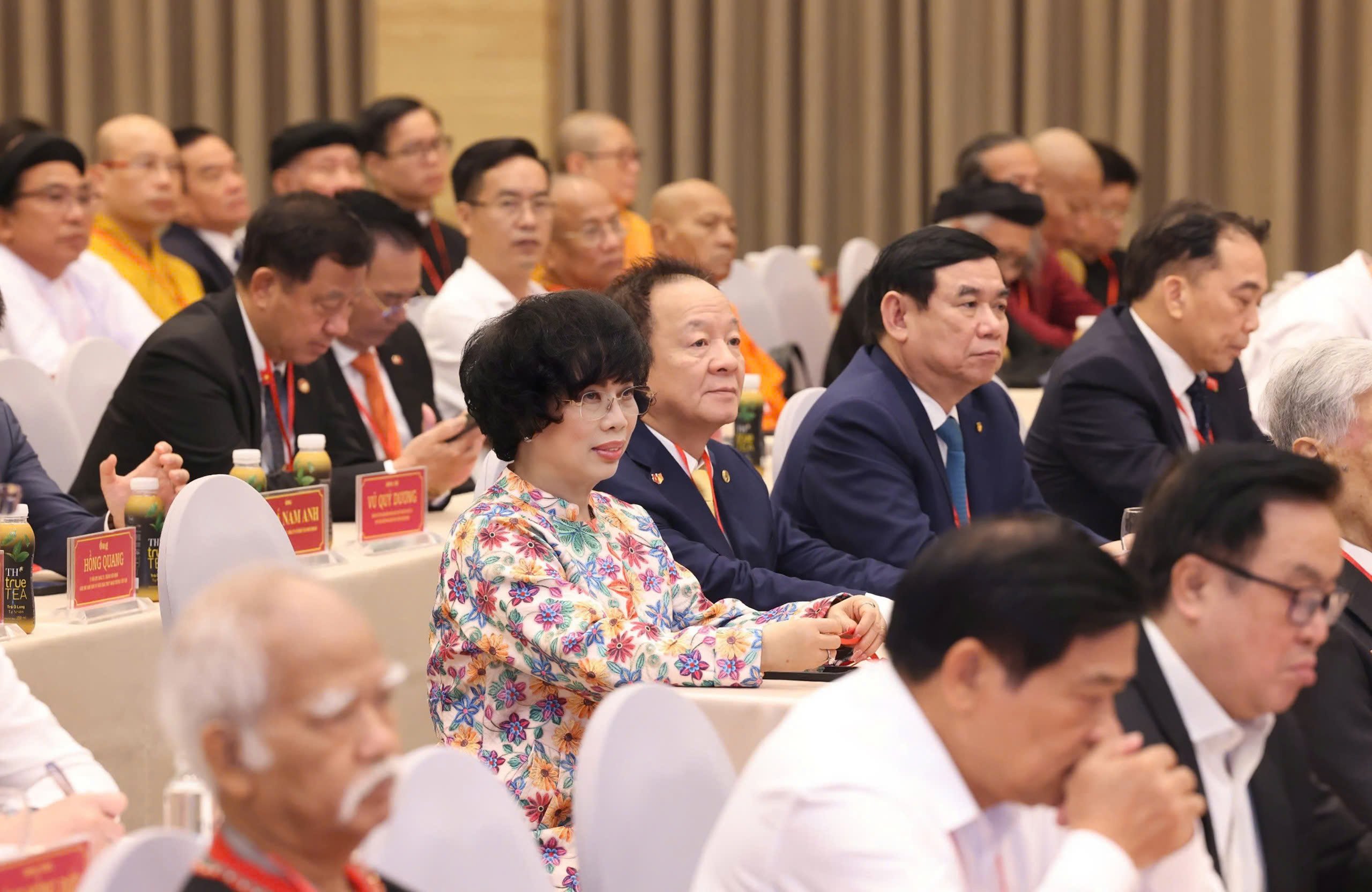

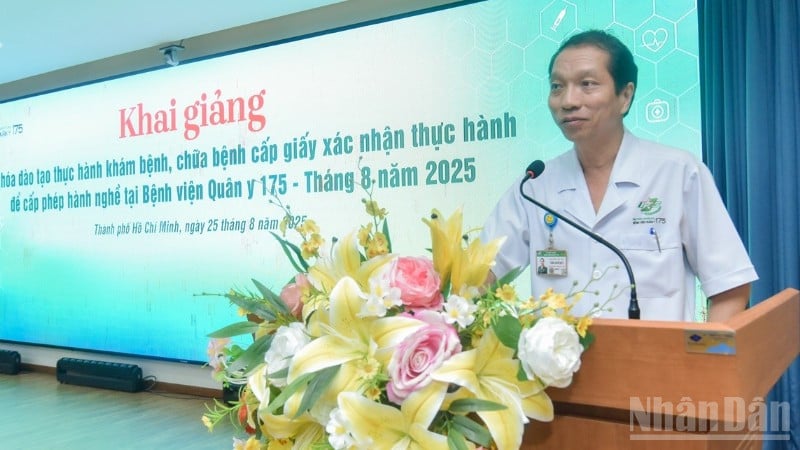











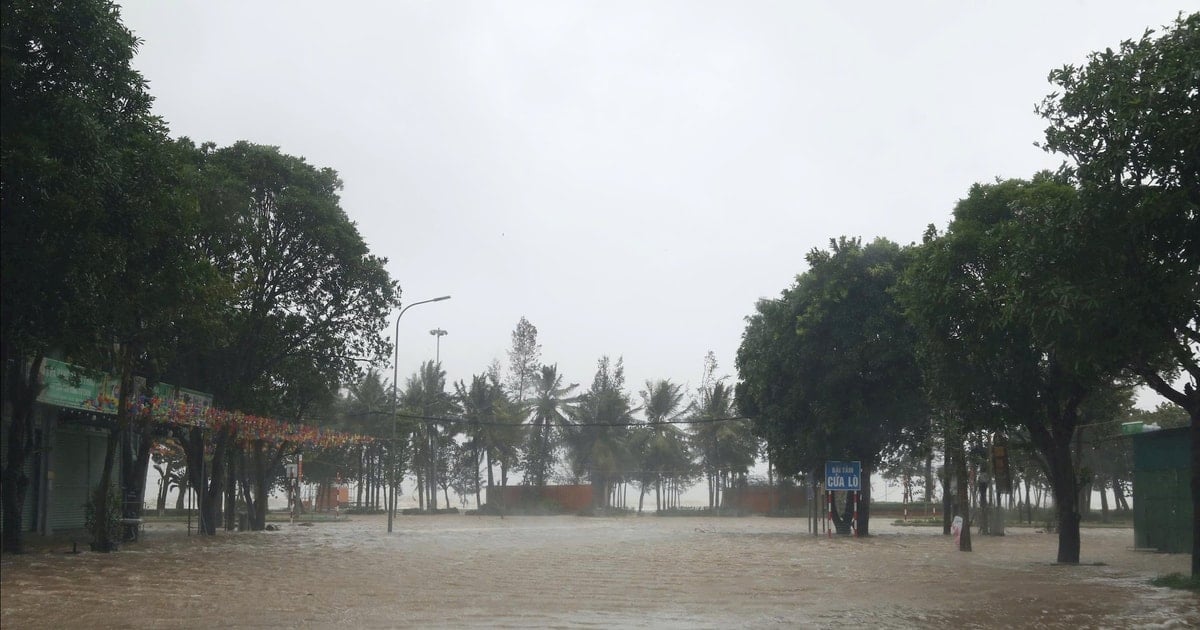















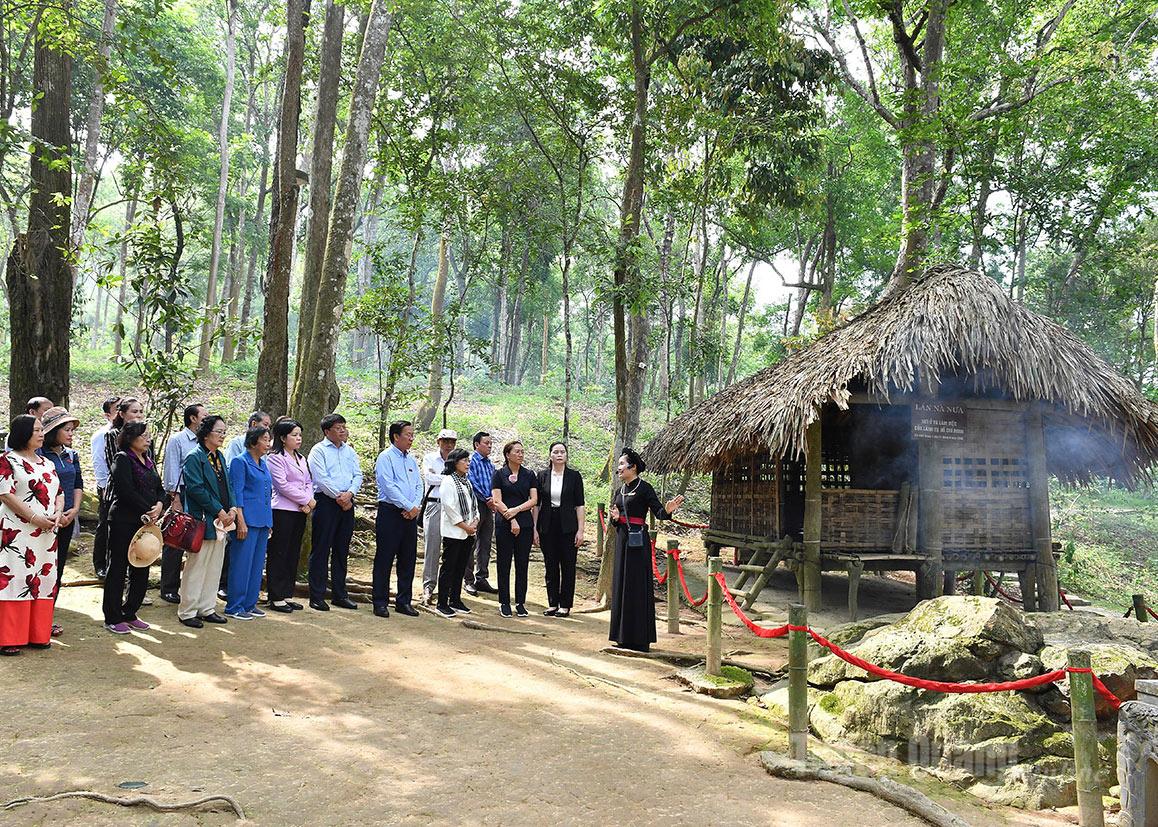


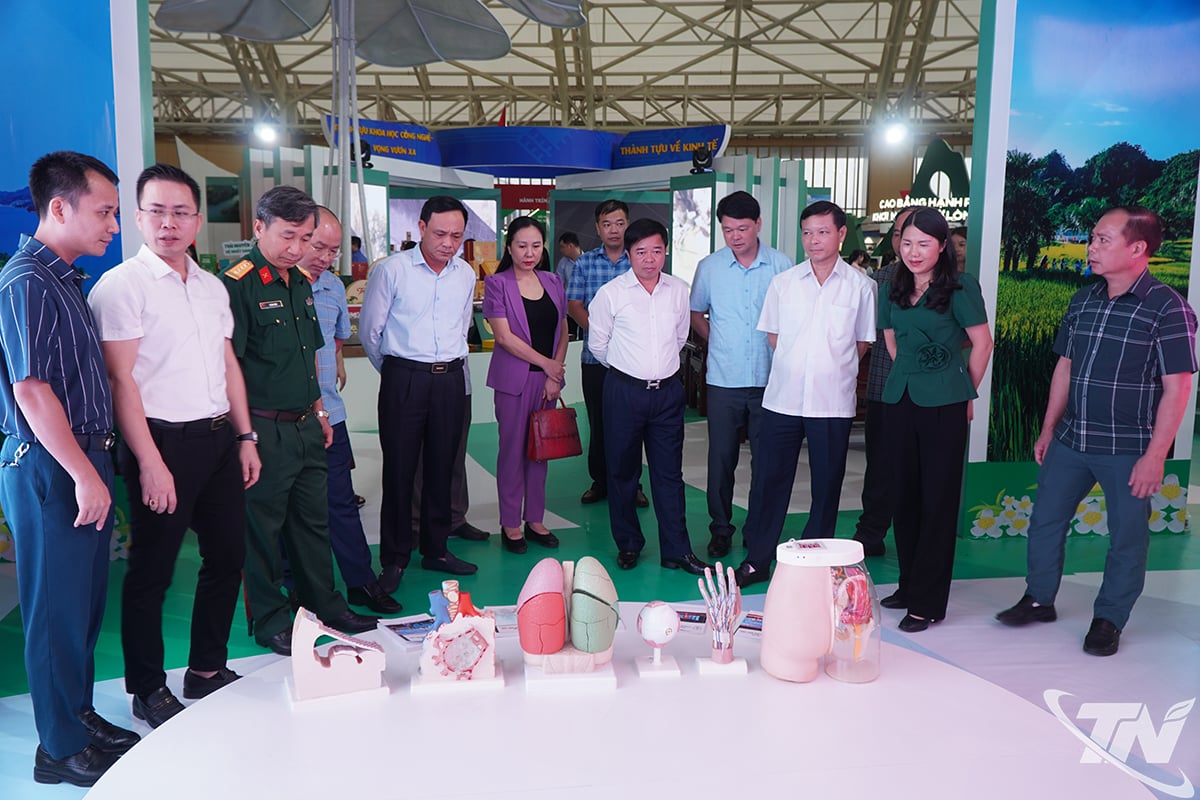







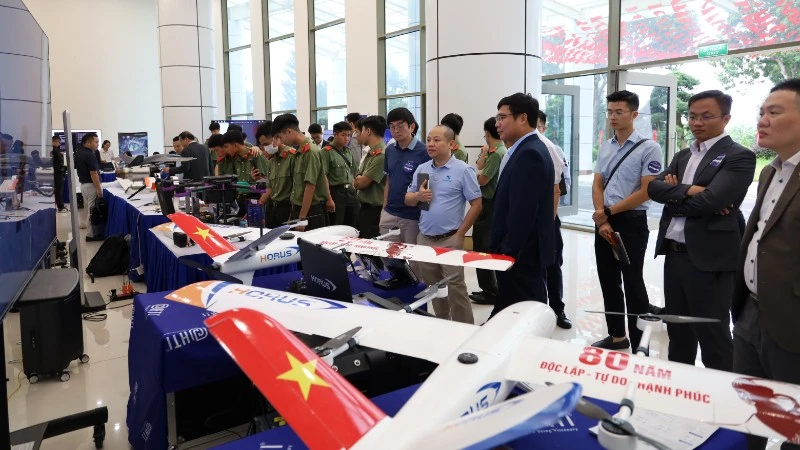








Comment (0)